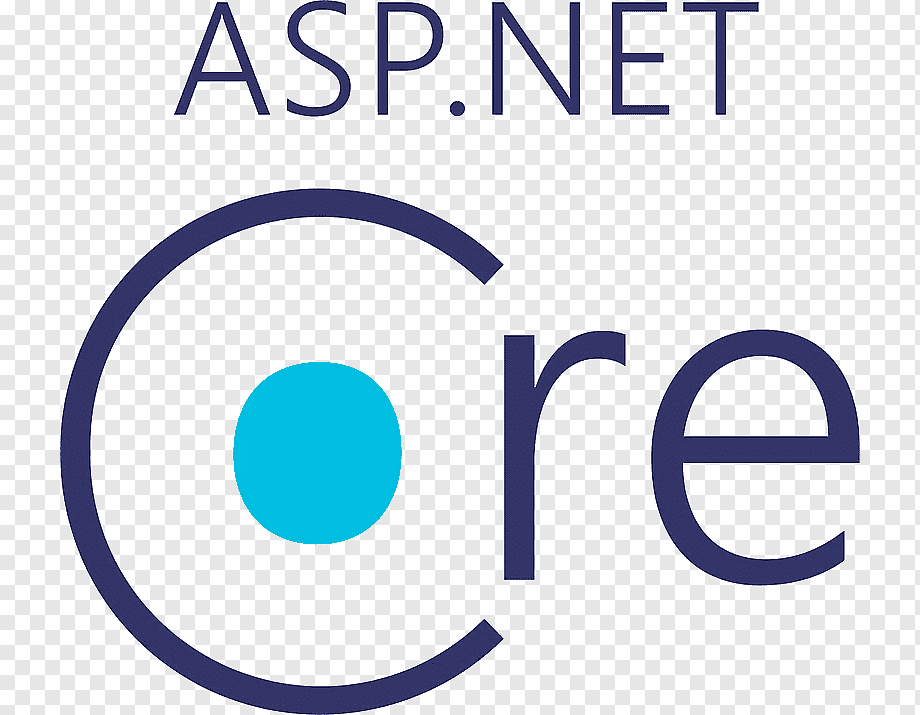In the ever-evolving landscape of web development, ensuring the security of user accounts and data is paramount. ASP.NET Core, with its powerful features and flexibility, provides a solid foundation for building secure web applications. One crucial aspect of user account security is email verification. In this comprehensive guide, we will explore how to implement email verification in ASP.NET Core, delving into best practices and answering common questions along the way.
Understanding the Significance of Email Verification
Before we delve into the technical aspects of implementing email verification in ASP.NET Core, let's understand why it's so crucial. Email verification is a fundamental security measure that serves multiple purposes:
1. Confirming User Identity
Email verification ensures that the user registering an account is the legitimate owner of the email address provided. This step minimizes the risk of fraudulent accounts and impersonation.
2. Protecting Against Bot Attacks
By requiring users to verify their email addresses, you can significantly reduce the likelihood of automated bot registrations, which can overwhelm your system and lead to various security issues.
3. Building User Trust
When users know that their accounts are protected and that they will receive important notifications at their verified email addresses, they are more likely to trust your application. This trust can lead to increased user engagement and retention.
Implementing Email Verification in ASP.NET Core
Now that we understand the importance of email verification, let's dive into the implementation process. ASP.NET Core offers various tools and libraries to make this task manageable. Here's a step-by-step guide to get you started:
1. Setting Up ASP.NET Core Identity
Email verification can be seamlessly integrated with ASP.NET Core Identity, a robust framework for handling user authentication and authorization. Begin by creating a new ASP.NET Core project with Identity enabled.
dotnet new mvc --auth Individual -o YourProjectName
2. Configuring Identity Options
In your Startup.cs file, configure the Identity options. You can specify various settings, such as password requirements and email confirmation requirements. To enable email confirmation, set the RequireConfirmedEmail option to true.
services.AddDefaultIdentity<IdentityUser>(options => options.SignIn.RequireConfirmedEmail = true)
.AddEntityFrameworkStores<ApplicationDbContext>();
3. Sending Verification Emails
To send verification emails, you'll need to integrate an email service like SendGrid or Twilio. Both services offer APIs that can be easily integrated into your ASP.NET Core application. Here's an example of how to use SendGrid:
var apiKey = Configuration.GetSection("SendGrid:ApiKey").Value;
services.AddTransient<IEmailSender, EmailSender>(e => new EmailSender(apiKey));
4. Creating Email Templates
Design email templates for the verification process, including messages for both verification and password reset. These templates should be user-friendly and contain clear instructions.
5. Handling Verification Links
When a user registers, generate a unique verification token and send a verification link to the user's email address. Ensure the link points to an action that confirms the user's email.
6. Confirming Email Addresses
Create a controller action that handles email confirmation. This action should verify the token and mark the user's email as confirmed.
7. Resending Verification Emails
Provide an option for users to request a new verification email if they haven't received the initial one or if the link has expired.
8. Testing the Workflow
Thoroughly test the email verification workflow, including the sending of emails, token validation, and user account confirmation.
Best Practices for Email Verification
To ensure a robust email verification system, consider the following best practices:
1. Expiry of Verification Links
Set an expiration time for verification links (e.g., 24 hours) to enhance security and prevent misuse.
2. Rate Limiting
Implement rate limiting to prevent abuse of the email verification endpoint. This helps protect your application from potential DDoS attacks.
3. Error Handling
Handle errors gracefully, providing clear feedback to users when something goes wrong during the verification process.
4. Logging and Monitoring
Implement logging and monitoring to track email verification-related activities and detect any suspicious behavior.
5. Two-Factor Authentication (2FA)
Encourage users to enable two-factor authentication (2FA) for an extra layer of security.
6. Compliance with Privacy Regulations
Ensure your email verification process complies with data protection and privacy regulations, such as GDPR.
Common Questions about Email Verification
Q1: Is email verification mandatory for all applications?
No, email verification is not mandatory for all applications, but it is highly recommended for applications that handle sensitive user data or require a high level of security. It adds an extra layer of protection against fraudulent accounts and enhances user trust.
Q2: Can I use a different email service provider instead of SendGrid or Twilio?
Yes, you can use any email service provider that offers an API for sending emails. Popular alternatives include Amazon SES, Mailgun, and SMTP servers.
Q3: How do I handle email verification in a background task?
To handle email verification asynchronously, you can use background tasks or job queues. Popular libraries like Hangfire or Azure Functions can help you achieve this.
Q4: What should I do if a user's email verification link expires?
If a user's email verification link expires, provide an option for them to request a new verification email. Ensure that the new link is generated with a fresh token and expiration time.
Q5: Is it possible to customize the email verification process?
Yes, you can customize the email verification process by modifying the email templates, changing the verification link's appearance, and adding additional verification steps if needed.
Q6: How do I handle email verification for mobile apps?
For mobile apps, you can implement email verification using API endpoints in the backend. The mobile app can communicate with these endpoints to initiate and confirm email verification.
Conclusion
Email verification is a vital component of user account security and trust-building in ASP.NET Core applications. By following best practices and implementing a robust email verification workflow, you can protect your application from fraudulent activities and create a secure environment for your users. Embrace the power of ASP.NET Core, and take your application's security to the next level with email verification.



